Home>Home Appliances>Cleaning Appliances>What Can You Put In A Steam Mop
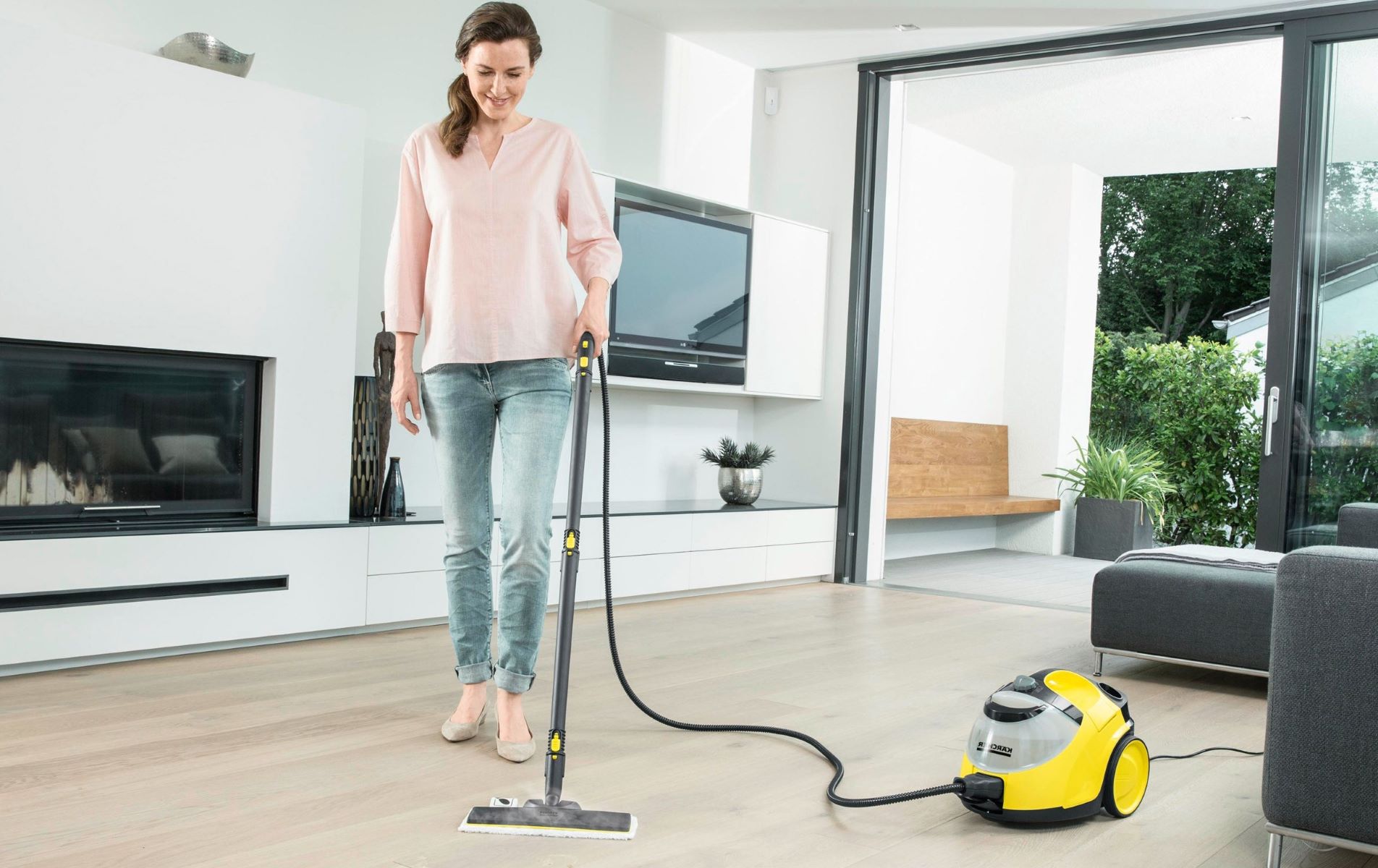

Cleaning Appliances
What Can You Put In A Steam Mop
Modified: March 24, 2024
Discover the best things to put in a steam mop for effective cleaning. Get tips on using cleaning appliances to achieve a sparkling clean home.
(Many of the links in this article redirect to a specific reviewed product. Your purchase of these products through affiliate links helps to generate commission for Storables.com, at no extra cost. Learn more)
Introduction
When it comes to deep cleaning your floors, a steam mop is a powerful tool that can make the task much more efficient and effective. This innovative appliance uses the power of steam to lift and remove dirt, grime, and bacteria from hard surfaces, leaving them sparkling clean and sanitized. However, to maximize the cleaning potential of your steam mop, it's essential to know what you can put in it to enhance its performance and leave your floors looking their best.
In this article, we'll explore various substances that can be safely used in a steam mop, providing you with a comprehensive guide to making the most of this versatile cleaning tool. From simple water to natural ingredients like vinegar, essential oils, and lemon juice, as well as household staples like baking soda and all-purpose cleaner, we'll cover the full spectrum of options available to you. Additionally, we'll discuss the use of disinfectant solutions and specialized floor cleaners, offering insights into how these products can be integrated into your steam mopping routine.
By understanding the range of substances that can be used in a steam mop, you'll be equipped to tackle different cleaning challenges and achieve a level of cleanliness that goes beyond the surface. Whether you're dealing with tough stains, odors, or simply want to maintain a hygienic environment in your home, knowing what you can put in a steam mop will empower you to elevate your cleaning regimen and enjoy the benefits of spotless, fresh-smelling floors. Let's delve into the world of steam mopping and discover the possibilities that await!
Key Takeaways:
- Elevate your steam mopping with natural ingredients like vinegar, lemon juice, and essential oils for effective cleaning, deodorizing, and sanitizing without harsh chemicals.
- Incorporate water, baking soda, all-purpose cleaner, and disinfectant solutions to tackle tough stains, grease, and germs, ensuring spotless, fresh-smelling floors for a healthier home.
Read more: What Floors Can You Use A Steam Mop On
Water
Water is the most fundamental and essential substance that can be used in a steam mop. In fact, for many cleaning tasks, water alone is sufficient to achieve impressive results. When added to the reservoir of the steam mop and heated to the appropriate temperature, water produces steam that effectively loosens and lifts dirt, grease, and grime from hard surfaces.
One of the primary advantages of using water in a steam mop is its natural and chemical-free cleaning action. This makes it an ideal choice for households with children, pets, or individuals who are sensitive to harsh cleaning chemicals. Additionally, water is readily available and cost-effective, making it a convenient option for regular cleaning routines.
Another benefit of using water in a steam mop is its versatility. Whether you’re cleaning tile, hardwood, laminate, or vinyl floors, water is safe to use on a wide range of surfaces, eliminating the need for multiple cleaning products. It also evaporates quickly, leaving floors dry and reducing the risk of slips and falls.
While water is an excellent choice for routine cleaning and maintenance, it’s important to note that for stubborn stains or deeply embedded dirt, you may need to consider additional cleaning agents. In such cases, combining water with other substances like vinegar, lemon juice, or essential oils can enhance the steam mop’s cleaning power and tackle tough messes effectively.
Overall, water is a simple yet effective option for use in a steam mop. Its natural cleaning properties, safety, and versatility make it a go-to choice for regular floor maintenance, providing a reliable and eco-friendly solution for keeping your home clean and fresh.
Vinegar
Vinegar is a versatile and natural cleaning agent that can be used in a steam mop to enhance its sanitizing and deodorizing capabilities. The acetic acid in vinegar is effective in cutting through grease, dissolving mineral deposits, and eliminating bacteria and odors, making it a valuable addition to your cleaning routine.
When added to the water reservoir of a steam mop, vinegar can help tackle tough stains and grime, especially on hard surfaces such as tile, linoleum, and sealed hardwood. Its acidic nature makes it particularly effective in breaking down soap scum and mineral buildup, leaving surfaces clean and shiny.
One of the key benefits of using vinegar in a steam mop is its natural disinfecting properties. Vinegar has been shown to effectively kill a wide range of bacteria and germs, making it an ideal choice for households seeking a chemical-free approach to sanitation. This is especially beneficial in homes with pets or small children, where minimizing exposure to harsh chemicals is a priority.
Furthermore, vinegar can help neutralize unpleasant odors, leaving your floors smelling fresh and clean. This is particularly useful in areas prone to lingering smells, such as kitchens, bathrooms, and pet areas. By incorporating vinegar into your steam mopping routine, you can achieve a thorough and natural deodorization of your living spaces.
It’s important to note that when using vinegar in a steam mop, it’s best to dilute it with water to prevent any potential damage to the appliance or surfaces being cleaned. A common ratio is one part vinegar to three parts water, but this can be adjusted based on the specific cleaning needs and the type of flooring being treated.
In summary, vinegar is a valuable and natural cleaning solution that can be safely used in a steam mop. Its ability to cut through grime, disinfect surfaces, and eliminate odors makes it a popular choice for individuals seeking a non-toxic and eco-friendly approach to floor cleaning.
Essential Oils
Essential oils are aromatic, concentrated liquids derived from plants, and they offer a natural and fragrant way to enhance the cleaning power of a steam mop. When used in conjunction with water in the reservoir of the steam mop, essential oils can impart pleasant scents while providing additional cleaning and deodorizing benefits.
One of the primary advantages of using essential oils in a steam mop is their ability to infuse the air with delightful aromas as the steam is released. This can create a more pleasant and inviting atmosphere in your home, especially in areas where odors tend to linger, such as kitchens, bathrooms, and pet areas.
Additionally, many essential oils possess natural antibacterial, antifungal, and antiviral properties, which can complement the cleaning action of the steam mop. For example, tea tree oil, lavender oil, eucalyptus oil, and lemon oil are known for their disinfecting qualities, making them valuable additions to the steam mopping process, particularly in homes where sanitation is a top priority.
When selecting essential oils for use in a steam mop, it’s important to choose high-quality, pure oils to ensure optimal performance and safety. Certain oils, such as citrus oils, can also help cut through grease and grime, making them effective for cleaning kitchen floors and surfaces.
It’s essential to exercise caution and use essential oils sparingly, as their concentrated nature means that only a few drops are needed to achieve the desired effect. Overuse of essential oils can lead to overpowering scents and potential buildup on surfaces, so moderation is key when incorporating them into your steam mopping routine.
By harnessing the natural properties and delightful fragrances of essential oils, you can elevate the steam mopping experience, transforming it into a sensory pleasure while enhancing the cleanliness and freshness of your living spaces.
Lemon Juice
Lemon juice is a natural and versatile ingredient that can be used in a steam mop to provide effective cleaning and deodorizing benefits. The acidic nature of lemon juice makes it a powerful agent for cutting through grease, removing stains, and imparting a fresh citrus scent to your floors.
When added to the water reservoir of a steam mop, lemon juice can help tackle stubborn dirt and grime, particularly on hard surfaces such as tile, linoleum, and hardwood. Its natural acidity makes it effective in dissolving mineral deposits and soap scum, leaving surfaces clean and lustrous.
One of the key advantages of using lemon juice in a steam mop is its pleasant and refreshing fragrance. As the steam is released during the cleaning process, the aroma of lemon will permeate the air, creating a clean and invigorating atmosphere in your home. This is especially beneficial in areas where odors may be a concern, such as kitchens and bathrooms.
Furthermore, lemon juice possesses natural antibacterial and antifungal properties, making it a valuable addition to your steam mopping routine. It can help sanitize and disinfect floors, providing peace of mind, especially in households with children and pets.
It’s important to dilute the lemon juice with water before adding it to the steam mop to prevent any potential damage to the appliance or surfaces being cleaned. A common ratio is one part lemon juice to three parts water, but this can be adjusted based on the specific cleaning needs and the type of flooring being treated.
By harnessing the natural cleaning and deodorizing properties of lemon juice, you can transform your steam mopping experience into a refreshing and effective way to maintain clean, sparkling floors throughout your home.
Always use distilled water in your steam mop to prevent mineral buildup and prolong the life of the machine. Avoid adding any cleaning solutions or chemicals, as they can damage the steam mop and leave behind residue on your floors.
Read more: What To Put In Shark Steam Mop
Baking Soda
Baking soda, also known as sodium bicarbonate, is a versatile and widely used household ingredient that can be employed to enhance the cleaning power of a steam mop. When combined with water and added to the reservoir of the steam mop, baking soda can effectively tackle tough stains, neutralize odors, and provide gentle abrasion for thorough cleaning.
One of the primary advantages of using baking soda in a steam mop is its natural abrasive properties. This can be particularly beneficial for cleaning grout, tile, and other hard surfaces, where gentle scrubbing action is needed to lift dirt and grime. Baking soda can help dislodge stubborn residue without causing damage to the surfaces being cleaned.
Baking soda is also renowned for its odor-neutralizing capabilities. When used in a steam mop, it can help eliminate unpleasant smells, leaving your floors and living spaces smelling fresh and clean. This makes it an excellent choice for areas prone to lingering odors, such as kitchens, bathrooms, and pet areas.
Furthermore, baking soda can help to soften hard water and enhance the cleaning action of the steam mop. It can assist in breaking down mineral deposits and soap scum, making it easier to remove these residues from surfaces. This is particularly useful for maintaining the cleanliness and luster of bathroom and kitchen floors.
When using baking soda in a steam mop, it’s important to dissolve it thoroughly in water to prevent any clogging or residue buildup in the appliance. A solution of baking soda and water can be added to the reservoir of the steam mop, allowing the cleaning power of baking soda to be distributed effectively as steam is generated.
By harnessing the natural cleaning and deodorizing properties of baking soda, you can elevate the performance of your steam mop, achieving a deeper level of cleanliness and freshness throughout your home.
All-Purpose Cleaner
An all-purpose cleaner is a versatile cleaning product that can be used in conjunction with a steam mop to tackle a variety of cleaning tasks. While steam mops are designed to effectively clean and sanitize hard surfaces using steam alone, incorporating a compatible all-purpose cleaner can provide an extra boost in tackling stubborn stains, grease, and grime.
When selecting an all-purpose cleaner for use with a steam mop, it’s essential to choose a product that is safe for use on the specific flooring surfaces being cleaned. Many manufacturers offer all-purpose cleaners that are formulated for use on a wide range of hard floors, including tile, laminate, vinyl, and sealed hardwood. These cleaners are designed to complement the steam cleaning process, enhancing the overall effectiveness of the cleaning routine.
One of the key benefits of using an all-purpose cleaner with a steam mop is its ability to target specific cleaning challenges, such as heavily soiled areas, grease buildup in kitchen spaces, or high-traffic zones that require extra attention. By pre-treating these areas with an all-purpose cleaner before using the steam mop, you can achieve a more thorough and efficient cleaning result.
Additionally, some all-purpose cleaners are formulated to leave behind a protective or shine-enhancing residue that can complement the steam cleaning process, leaving floors looking clean and polished. This can be particularly beneficial for maintaining the appearance of high-gloss or specialty flooring surfaces.
It’s important to follow the manufacturer’s recommendations when using an all-purpose cleaner in conjunction with a steam mop to ensure compatibility and optimal results. This may include diluting the cleaner according to the instructions and applying it to the floor before using the steam mop, allowing the cleaner to work on tough stains and grime.
By incorporating a suitable all-purpose cleaner into your steam mopping routine, you can address specific cleaning challenges and achieve a higher level of cleanliness and freshness throughout your living spaces.
Disinfectant Solution
A disinfectant solution can be a valuable addition to a steam mopping routine, especially when targeting areas that require thorough sanitation and germ elimination. While steam mops are effective at lifting dirt and grime, incorporating a compatible disinfectant solution can enhance the appliance’s ability to kill bacteria and viruses, providing an extra layer of cleanliness and hygiene.
When selecting a disinfectant solution for use with a steam mop, it’s important to choose a product that is specifically formulated for hard surfaces and is safe for use in conjunction with steam cleaning. Many manufacturers offer disinfectant solutions that are designed to be used with steam mops, ensuring compatibility and optimal performance.
One of the primary benefits of using a disinfectant solution with a steam mop is its ability to kill a broad spectrum of germs, including bacteria, viruses, and fungi. This can be particularly beneficial in households where sanitation is a top priority, such as homes with young children, elderly individuals, or individuals with compromised immune systems.
Additionally, a disinfectant solution can provide peace of mind when cleaning areas that may be prone to contamination, such as kitchen floors, bathroom surfaces, and high-traffic zones. By incorporating a disinfectant solution into the steam mopping routine, you can ensure that these areas are thoroughly sanitized and free from harmful pathogens.
It’s important to follow the manufacturer’s instructions when using a disinfectant solution with a steam mop, including proper dilution ratios and application methods. Some disinfectant solutions may need to be applied to the floor before using the steam mop, allowing the disinfectant to work on the surfaces and provide comprehensive germ elimination.
By integrating a compatible disinfectant solution into your steam mopping routine, you can elevate the level of cleanliness and hygiene in your home, creating a healthier and safer environment for your family and loved ones.
Floor Cleaner
A floor cleaner specifically formulated for hard surfaces can be a valuable asset in conjunction with a steam mop, offering targeted cleaning and maintenance benefits. While steam mops are effective at removing dirt and grime, using a compatible floor cleaner can provide additional cleaning power, address specific challenges, and help maintain the appearance and condition of your floors.
When selecting a floor cleaner for use with a steam mop, it’s essential to choose a product that is suitable for the specific type of flooring you have, such as tile, hardwood, laminate, or vinyl. Many manufacturers offer floor cleaners that are designed to work in harmony with steam mops, ensuring compatibility and optimal cleaning performance.
One of the primary advantages of using a floor cleaner with a steam mop is its ability to target specific cleaning challenges, such as grease buildup in kitchen areas, soap scum in bathroom spaces, or high-traffic zones that require extra attention. By pre-treating these areas with a floor cleaner before using the steam mop, you can achieve a more thorough and efficient cleaning result.
Additionally, some floor cleaners are formulated to leave behind protective or shine-enhancing residues that can complement the steam cleaning process, leaving floors looking clean and polished. This can be particularly beneficial for maintaining the appearance of high-gloss or specialty flooring surfaces.
It’s important to follow the manufacturer’s recommendations when using a floor cleaner in conjunction with a steam mop to ensure compatibility and optimal results. This may include diluting the cleaner according to the instructions and applying it to the floor before using the steam mop, allowing the cleaner to work on tough stains and grime.
By incorporating a suitable floor cleaner into your steam mopping routine, you can address specific cleaning challenges, maintain the cleanliness and appearance of your floors, and achieve a higher level of freshness and hygiene throughout your living spaces.
Conclusion
Exploring the range of substances that can be used in a steam mop reveals a wealth of options for enhancing the cleaning power and versatility of this innovative appliance. From the fundamental use of water to the natural cleaning and deodorizing properties of vinegar, essential oils, lemon juice, and baking soda, to the specialized benefits of all-purpose cleaners, disinfectant solutions, and floor cleaners, there are numerous ways to elevate the effectiveness of steam mopping.
By incorporating these substances into your steam mopping routine, you can address a variety of cleaning challenges, from stubborn stains and grease buildup to odor control and germ elimination. Each substance offers unique benefits, from natural and chemical-free cleaning to targeted sanitation and maintenance, providing you with the flexibility to adapt your cleaning approach to the specific needs of your home.
Furthermore, the use of these substances can contribute to a healthier and more inviting living environment, ensuring that your floors are not only clean but also sanitized, deodorized, and well-maintained. Whether you’re focused on eco-friendly cleaning solutions, natural aromatherapy, or comprehensive germ elimination, the substances that can be used in a steam mop offer a spectrum of possibilities to enhance your cleaning regimen.
Ultimately, by understanding what you can put in a steam mop and harnessing the potential of these substances, you can transform the task of floor cleaning into a more efficient, effective, and enjoyable experience. With the right combination of ingredients, you can achieve spotless, fresh-smelling floors that contribute to a healthier and more pleasant home environment for you and your family.
Frequently Asked Questions about What Can You Put In A Steam Mop
Was this page helpful?
At Storables.com, we guarantee accurate and reliable information. Our content, validated by Expert Board Contributors, is crafted following stringent Editorial Policies. We're committed to providing you with well-researched, expert-backed insights for all your informational needs.

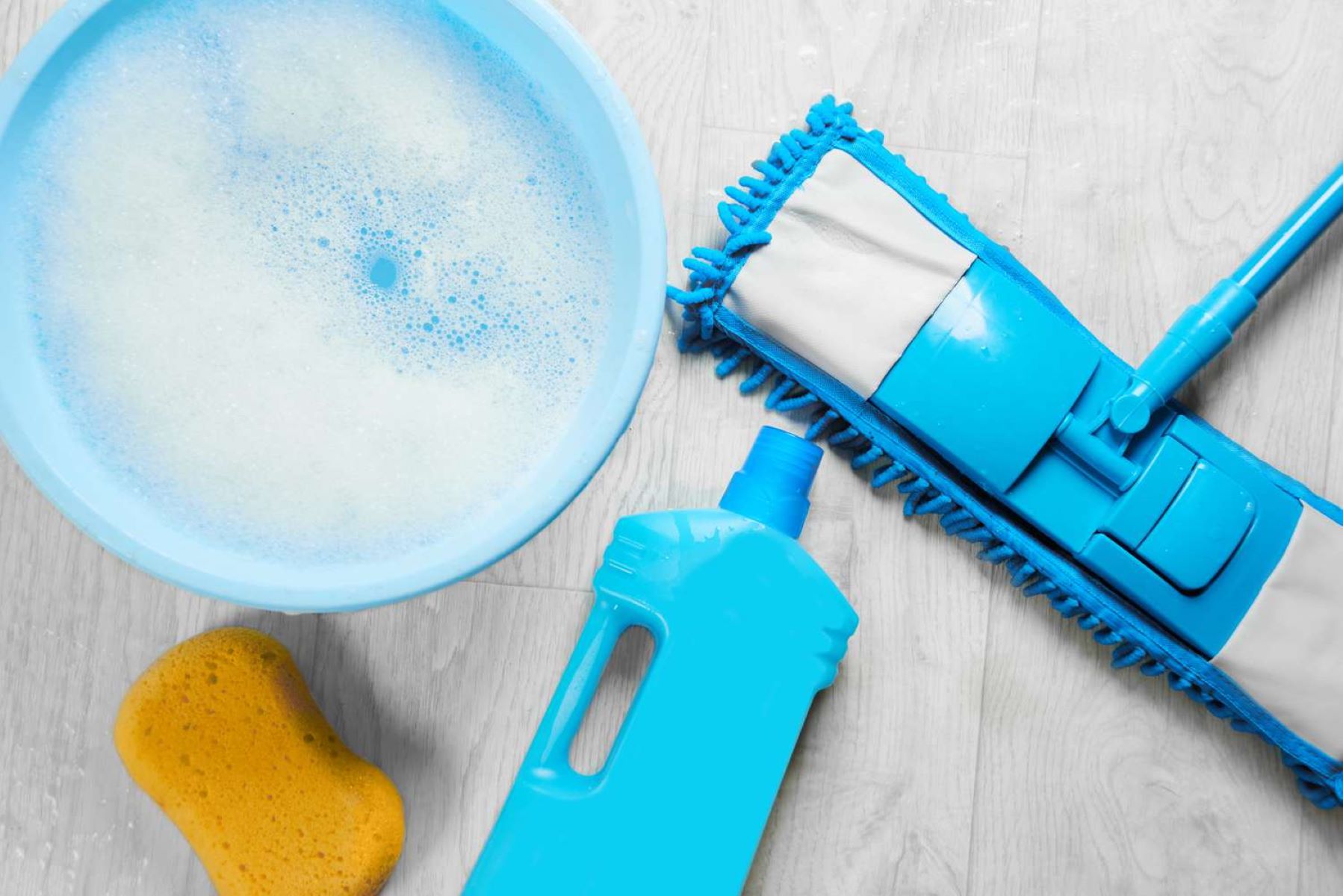
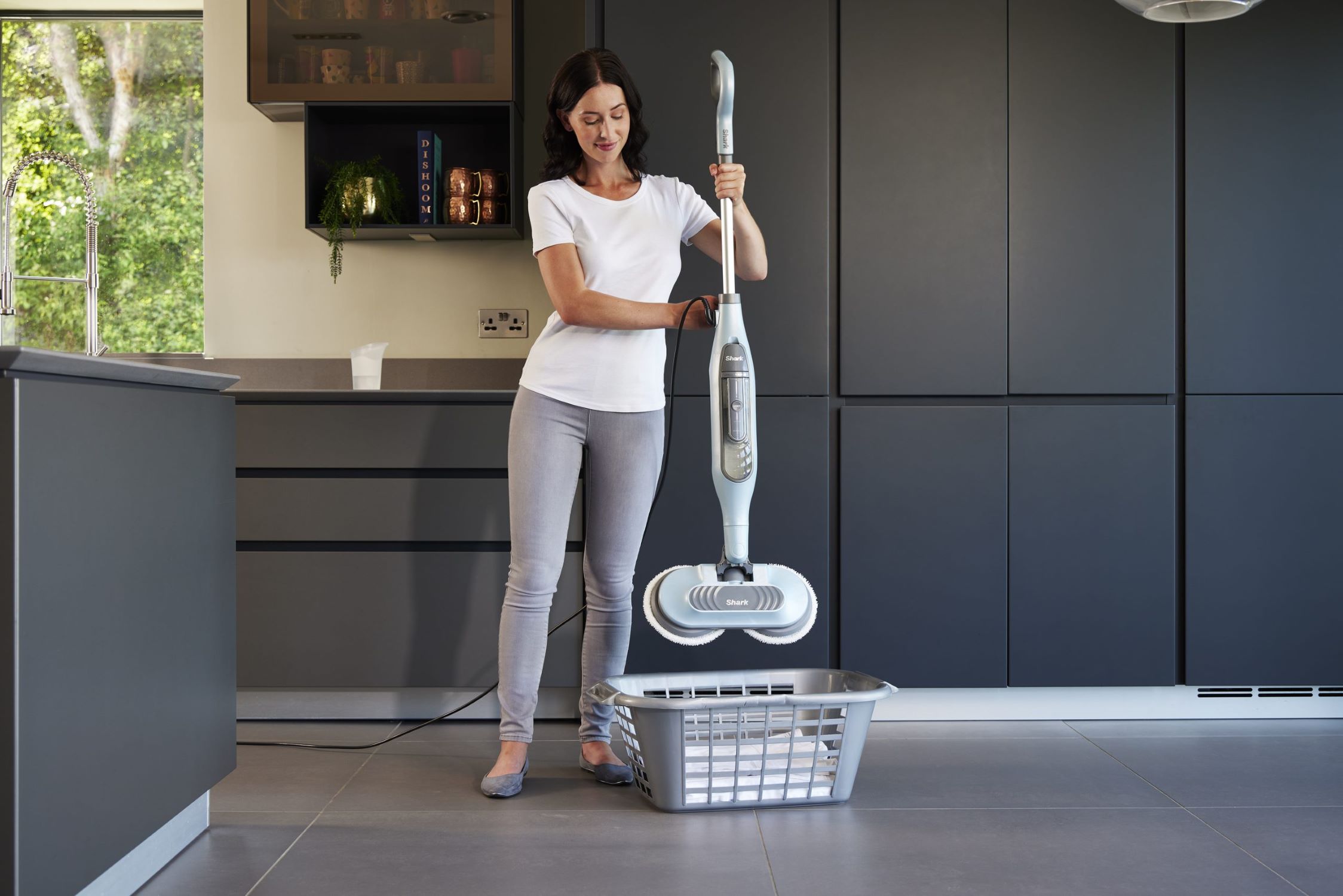
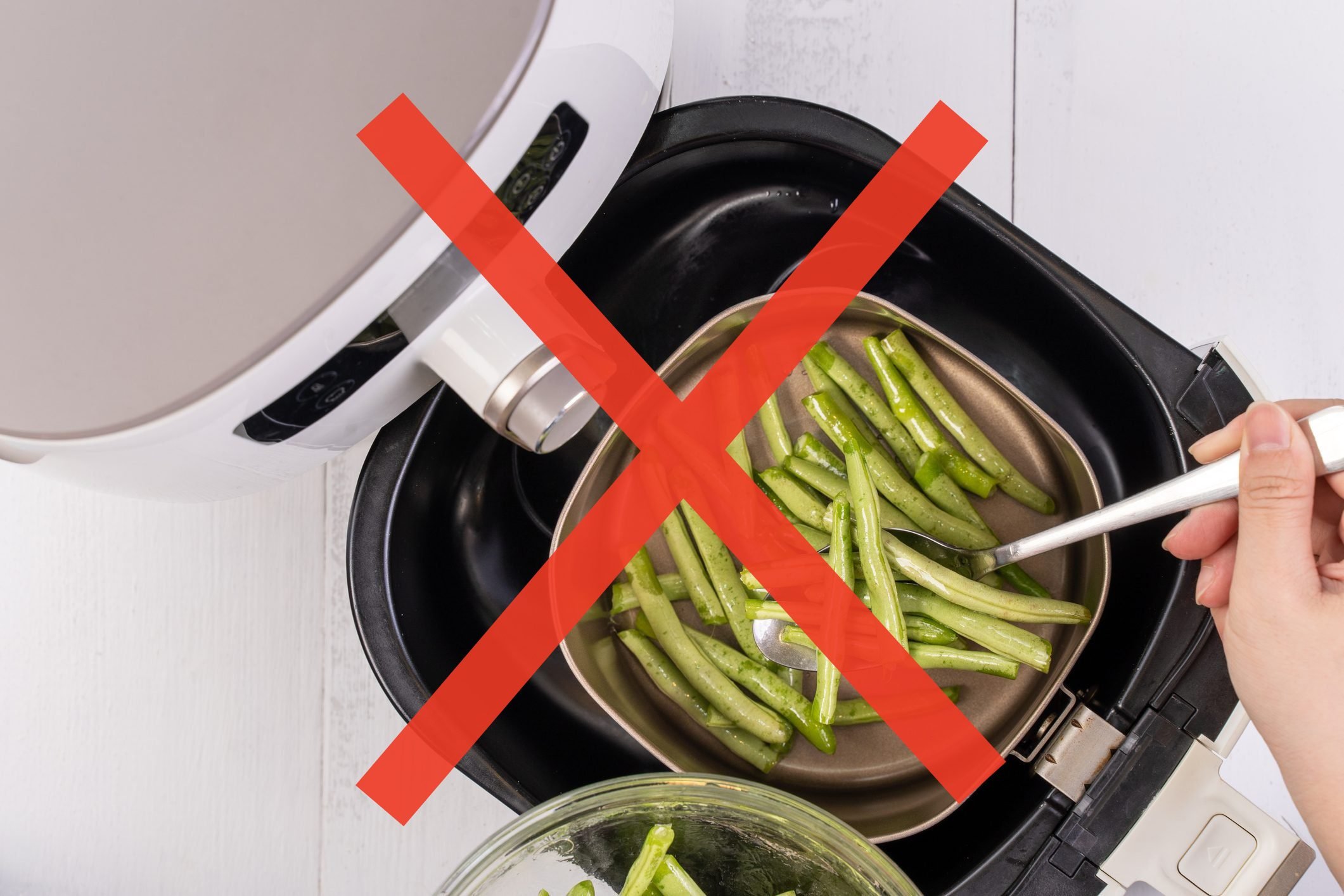

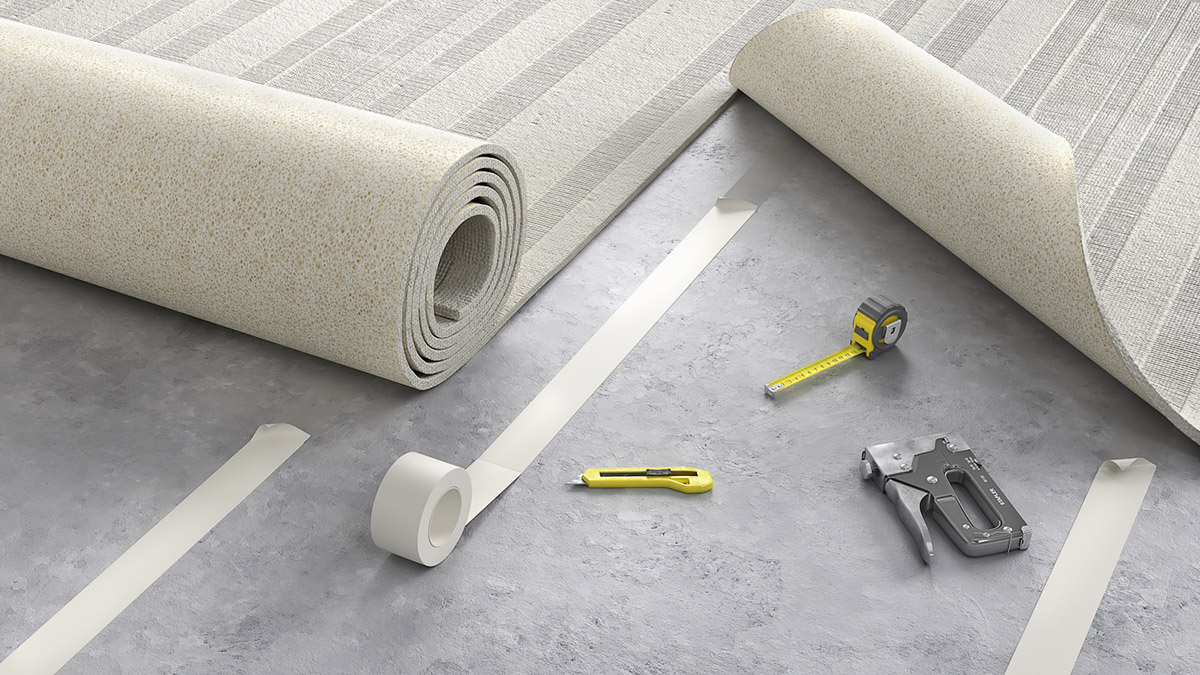
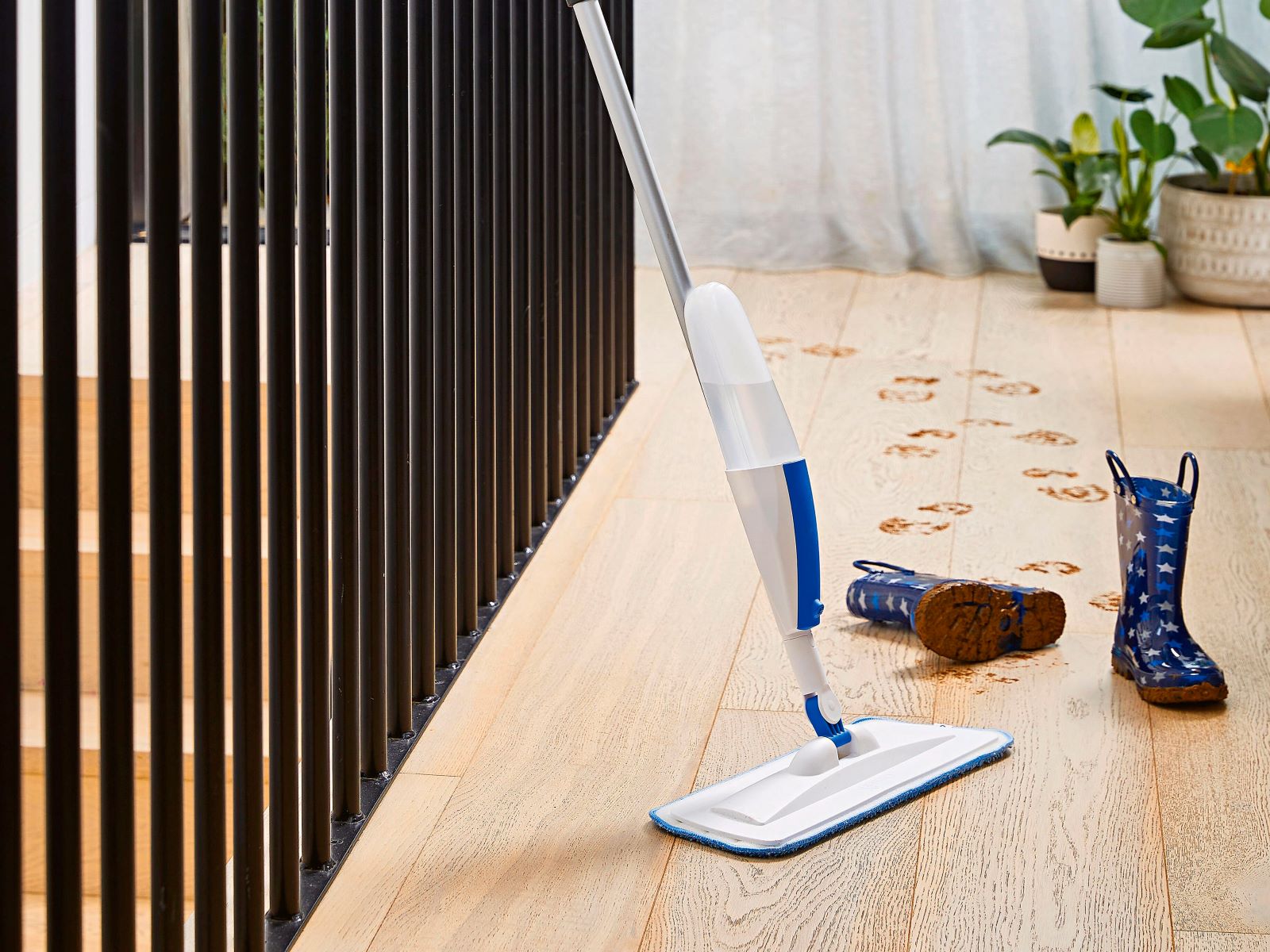
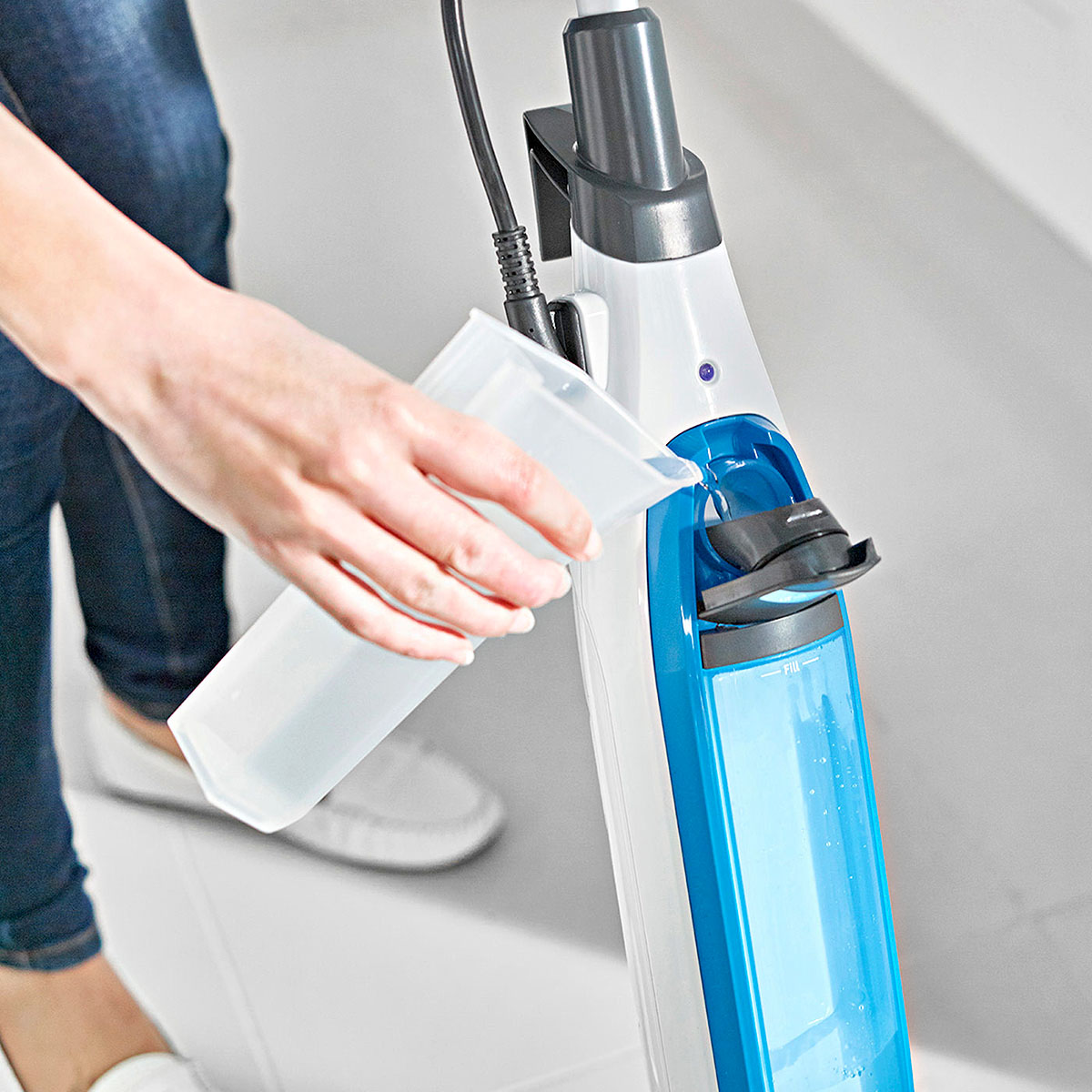
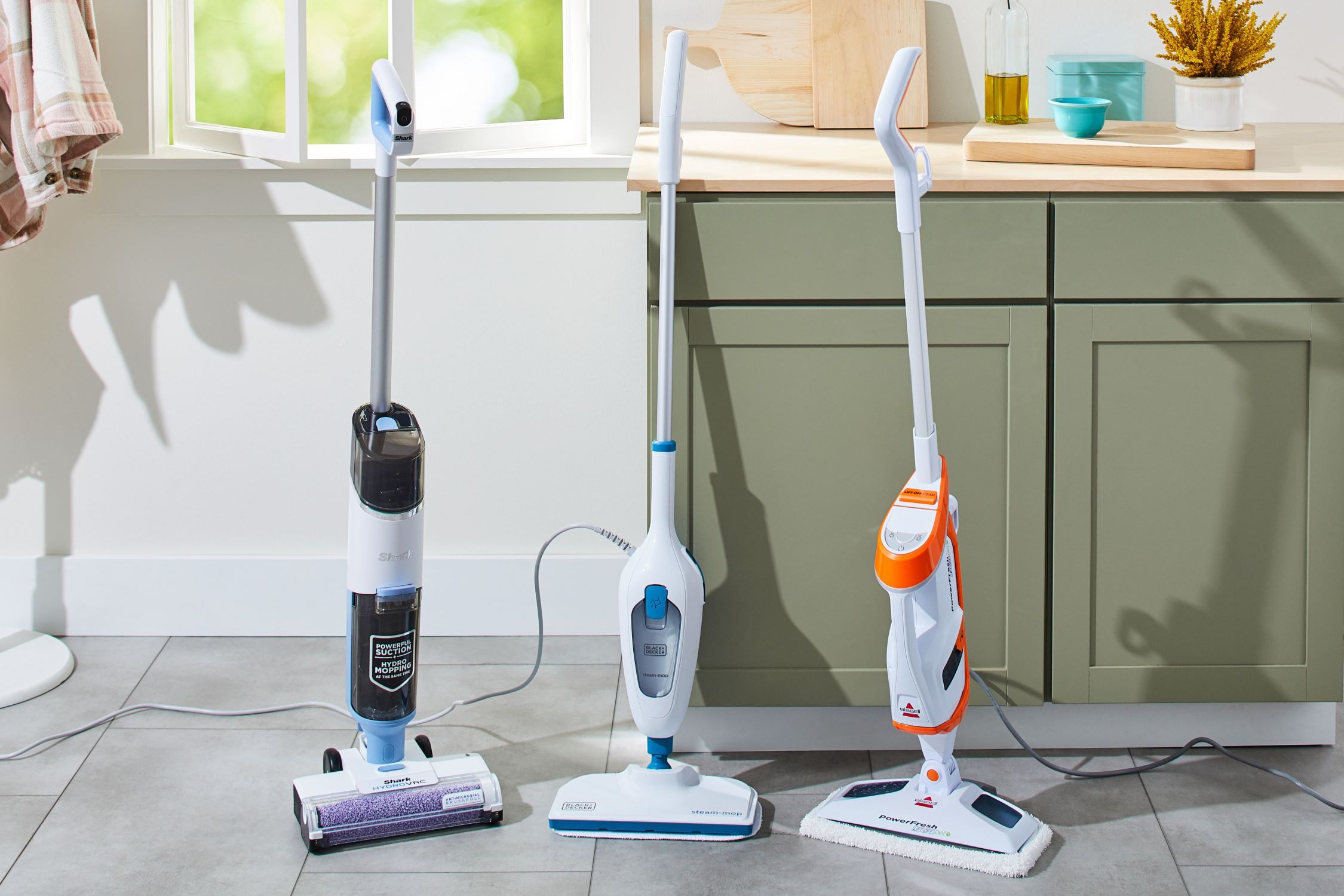

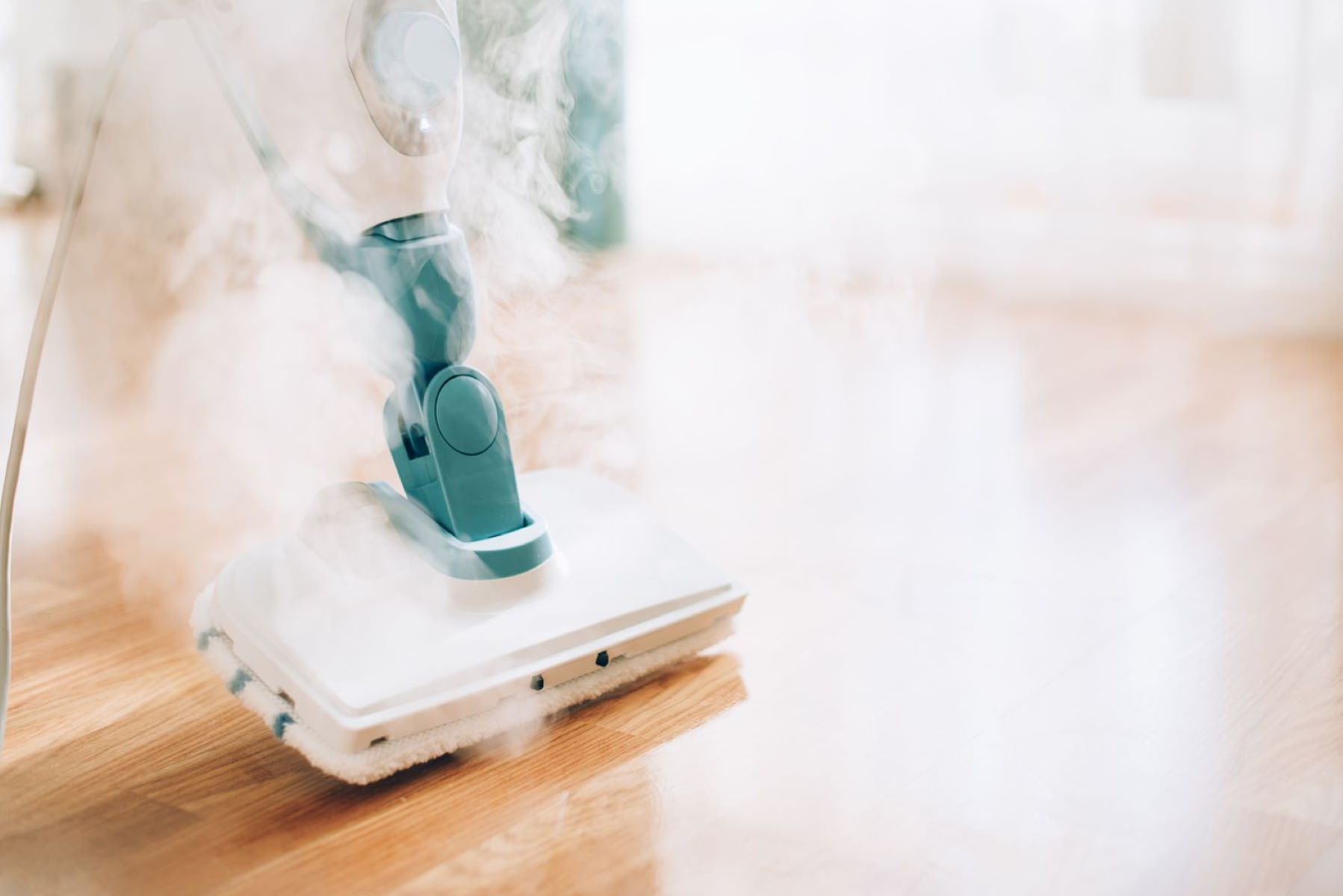

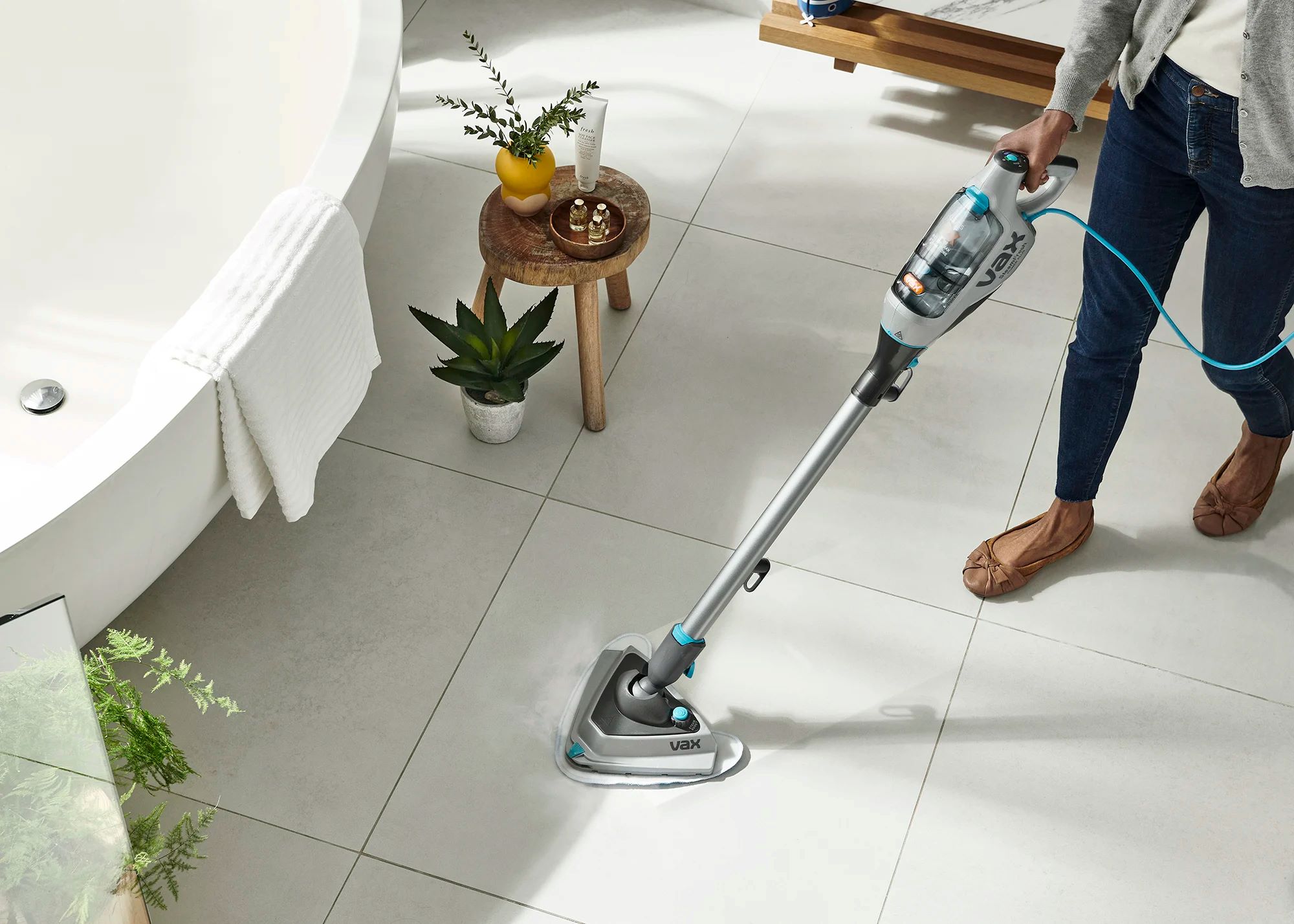

0 thoughts on “What Can You Put In A Steam Mop”